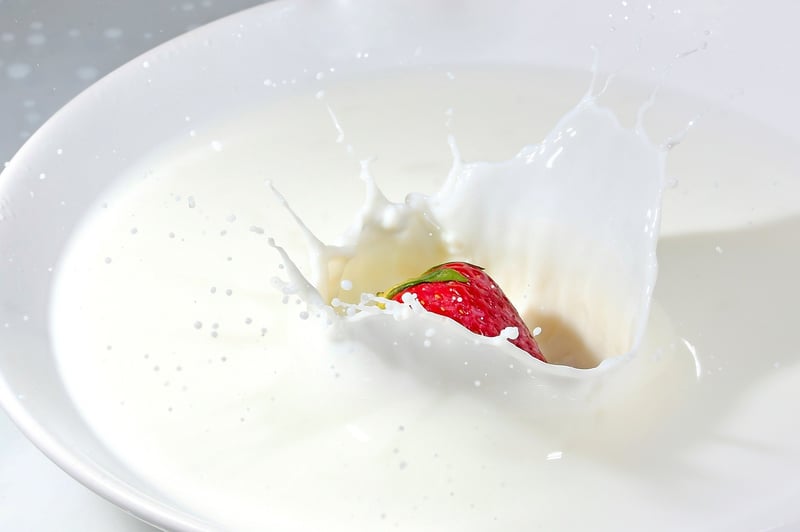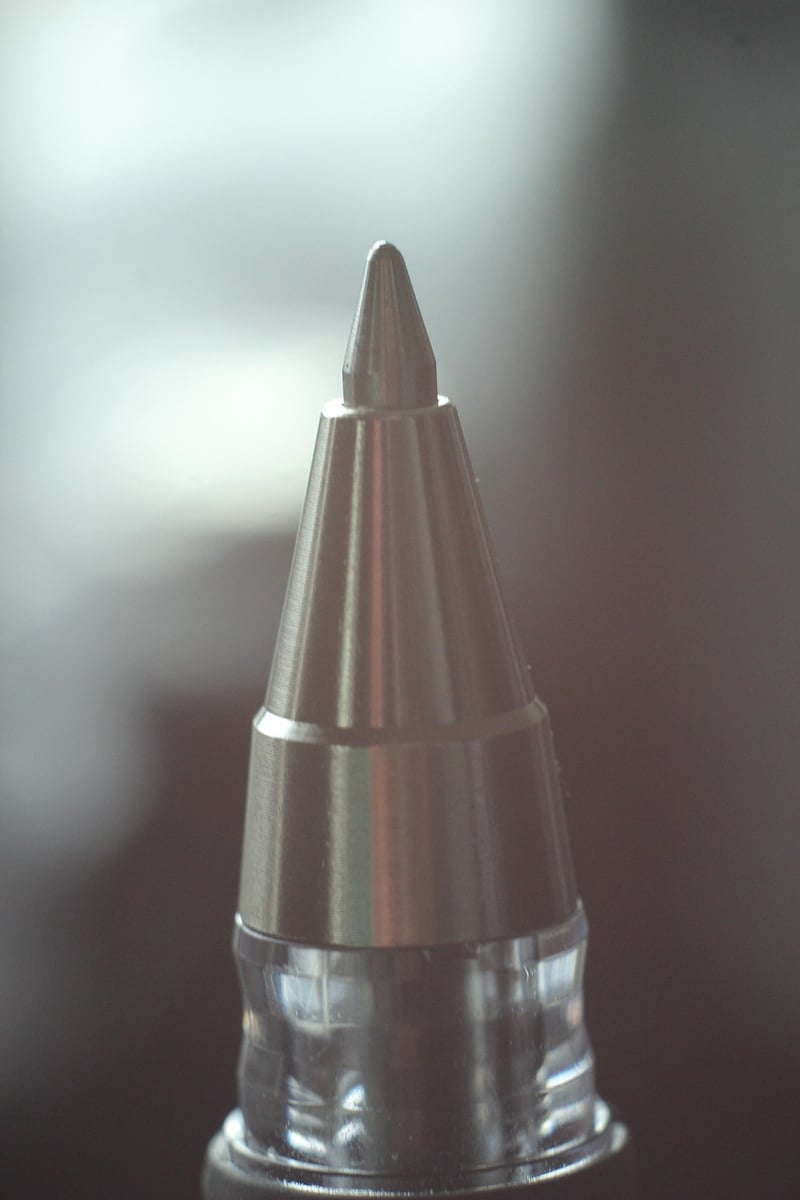Lighting Tips
Capture the Beauty of Your Dishes: Lighting Tips
When it comes to showcasing your culinary creations, proper lighting can make all the difference in capturing the beauty and appeal of your dishes. Whether you're a food blogger, a professional chef, or just someone who loves to share their cooking adventures on social media, these lighting tips will help you take your food photography to the next level.
1. Natural Light is Key
Whenever possible, utilize natural light for your food photography. Position your dishes near a window where plenty of natural light can illuminate them. Natural light provides a soft, flattering glow that enhances the colors and textures of your food.
2. Avoid Harsh Shadows
To prevent harsh shadows in your photos, avoid direct sunlight. If you're shooting on a sunny day, diffuse the light with a sheer curtain or a diffuser to create a softer, more even lighting effect on your dishes.
3. Use Reflectors
Reflectors can help bounce light onto the shadowed areas of your dishes, filling in any dark spots and creating a more balanced look. You can use professional photography reflectors or even simple white foam boards to achieve this effect.
4. Experiment with Angles
Don't be afraid to experiment with different angles when photographing your dishes. Try shooting from overhead, at a 45-degree angle, or even straight on to find the most flattering perspective for each dish.
5. Consider Artificial Lighting
If natural light is limited, consider investing in some artificial lighting options for your food photography. Softbox lights or ring lights can help mimic the effect of natural light and provide a consistent lighting source for your photos.
6. White Balance Adjustment
Adjusting the white balance on your camera or editing software can help ensure that the colors in your photos appear true to life. Experiment with different white balance settings to find the most accurate representation of your dishes.
7. Practice and Patience
Like any skill, food photography takes practice and patience. Don't get discouraged if your first few attempts don't turn out as you'd hoped. Keep experimenting with lighting, angles, and settings to refine your photography skills and capture the beauty of your dishes.

By following these lighting tips and practicing your food photography skills, you'll be able to capture the beauty of your dishes and share them with the world in a visually appealing way. Remember, good lighting is key to making your culinary creations look as delicious as they taste!
